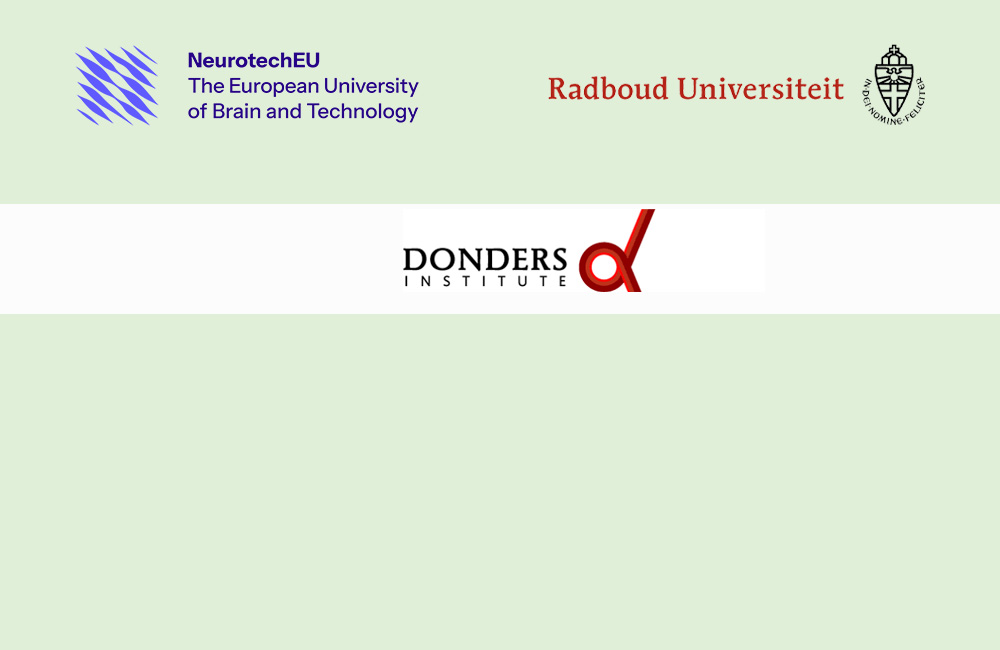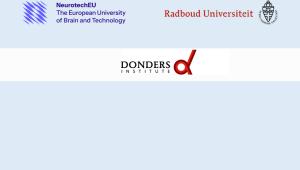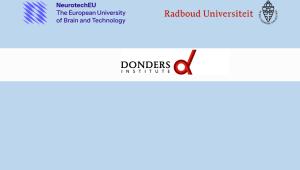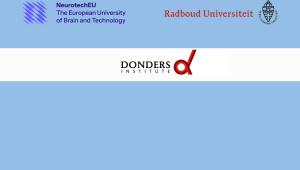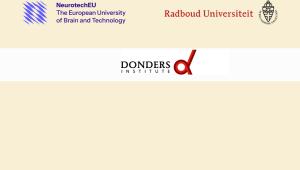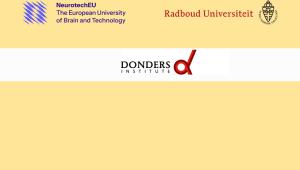Non-invasive brain stimulation (NIBS) fundamentals
General introduction to non-invasive brain stimulation (NIBS), and cover key concepts like circuits, plasticity, state-dependency and safety
The goal of this course is to provide a general introduction to non-invasive brain stimulation (NIBS), and cover key concepts like circuits, plasticity, state-dependency and safety. In addition, the key cornerstones of safety in NIBS research will be discussed here. Knowledge of these concepts is essential for (safely) designing and implementing any valid NIBS study.
Basic knowledge of neuroscience, including brain anatomy and neurophysiology
Lessons
Number of lessons: 7-
Lennart Verhagen
Overview of non-invasive brain stimulation (NIBS) techniques: The different NIBS techniques are introduced: transcranial magnetic stimulation (TMS), transcranial electric stimulation (tES), and transcranial…
-
Lennart Verhagen
This lecture uses examples from the literature to demonstrate how NIBS can be used to make causal inferences, and for therapeutic interventions. Additionally, the importance of choosing optimal brain targets, and…
-
Lennart Verhagen
The effects of stimulating a focal brain target, depend not only on the state of the target but also on the state of the circuits or networks to which the target belongs. Conversely, the effects of stimulating a…
-
Lennart Verhagen
This lecture introduces the principles of plasticity including spike-timing-dependent, dose-dependent, and homeostatic plasticity, and discusses the neural underpinnings of plasticity. Finally, examples from the…
-
Lennart Verhagen
This lecture uses examples from the literature to demonstrate how the underlying brain state at the time of stimulation influences NIBS effects. Different factors that influence brain state including anaesthesia,…
-
Lennart Verhagen
This lecture lays out the framework for discussing NIBS effects in the context of safety. Specifically, the primary (intended) and secondary effects are distinguished, with a further…
-
Lennart Verhagen
This lecture discusses each item on a screening questionnaire used for assessing whether participants are eligible for negligible risk NIBS experiments. The goal of this lecture is to…
Lessons in TrainingSpace
Number of lessons: 2-
Krembil Centre for NeuroinformaticsThis lesson is a general overview of overarching concepts in neuroinformatics research, with a particular focus on clinical approaches to defining, measuring, studying, diagnosing, and treating various brain disorders. Also described are the complex…
-
Krembil Centre for NeuroinformaticsThe state of the field regarding the diagnosis and treatment of major depressive disorder (MDD) is discussed. Current challenges and opportunities facing the research and clinical communities are outlined, including appropriate quantitative and…



